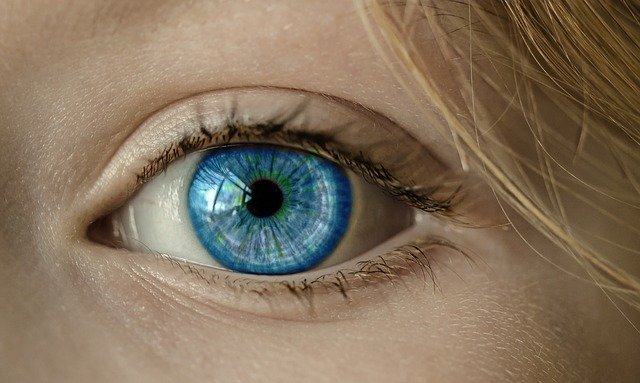
Diabetic retinopathy is one of the most disabling complications of diabetes.
It is also the leading cause of new cases of vision loss among adults.
In a new Michigan State University study, researchers find that a particular type of lipid, or fat, thought to only exist in the skin, now lives in your eye and might play a major role in deterring the eye disease.
Blood vessels in the retina are closely connected by structures called tight junctions, which are part of the blood-retinal barrier, a virtually impenetrable wall.
The researchers showed that these connecting structures contain omega-linked acyl-very long chain ceramides — elongated lipids that appear to strengthen this barrier.
Diabetes can expose blood vessels to high levels of glucose and unhealthy amounts of lipids, which throws off the balance of nutrients that are transported throughout the body.
When unbalance occurs, the vessels leak and become fragile, leading to the development of diabetic retinopathy.
These long-chain lipids and the enzymes that produce them can protect the retina and its blood vessels.
In cases of diabetes, the enzyme ELOVL4 is suppressed by the disease, which decreases its ability to produce these helpful lipids and prevent further damage.
Incorporating more of the long-chain lipids into the eye could potentially be a new treatment down the road and involve injections or even eye drops.
Lipids often get a bad rap due to their association with health issues such as high cholesterol and heart disease, but the team is encouraged by what they have found.
They believe their study shows an unexpected finding that the connections between cells in the retinal blood vessels contain unusual, long-chain lipids that may keep vessels from leaking, possibly preventing diabetic retinopathy from occurring.
Next steps will be to understand what these lipids can really do and how exactly they’re situated in the tight junctions of the retina so new treatments may be possible.
The research is published in the journal Diabetes.
Copyright © 2018 Knowridge Science Report. All rights reserved.
Follow Knowridge Science Report on Facebook and Twitter.
News source: Michigan State University.
Figure legend: This Knowridge.com image is for illustrative purposes only.



